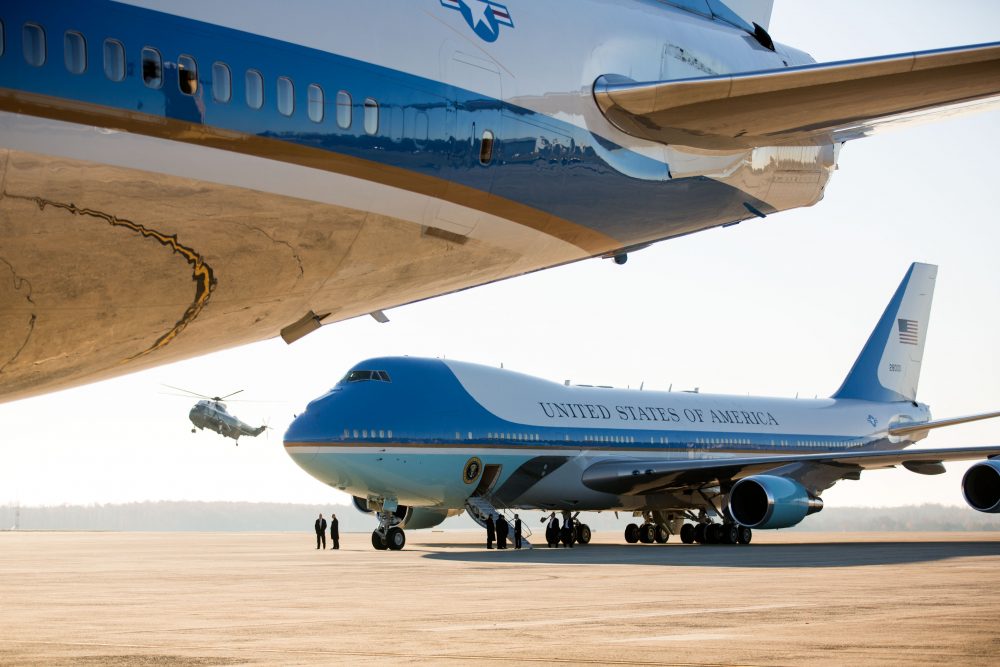If there has been an error, it is almost always human error on one level or another. With today’s complex technology, especially planes, the simple act of speaking can be distorted if pilots talk too fast or too slow or mumble their words so that they can’t be heard. From the perspective of air-traffic controllers, it is simple issues that can lead to complex problems or even disasters.
Evolving Air Traffic Control (ATC) Systems
Aircraft communications are complicated these days. Aircraft communication is made up of radio communication with the ground and radio communication with satellites. These configurations are made up of different communications technologies and reporting systems. Inevitably, components of these systems are part of larger network systems that also handle navigation. And finally, a critical part of airplane communications is human communications and a complex phraseology. All of this is overseen, in the United States, by the Federal Communications Commission (FCC), which publishes procedures and sets standards for aviation communications equipment.
Complex Radio Communication & Phraseology
Pilot Age provides a comprehensive guide to radio communications phraseology and techniques. The purpose of regulations of airplane communications is to prevent collisions and other incidents on the ground and in the air and other technical or human accidents.
In order to prevent collisions, the air traffic control system has rules for separating air traffic to allow all airplanes to have a specific amount of empty space around them. In addition to this, airplanes are outfitted with collision avoidance systems that warn pilots when collisions are imminent.
In the following video, “Radio Communications Tips,” a pilot of a small aircraft provides VFR Communication Tips in pattern and approaching an airport.







